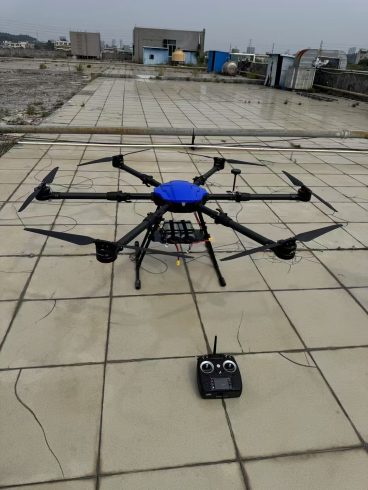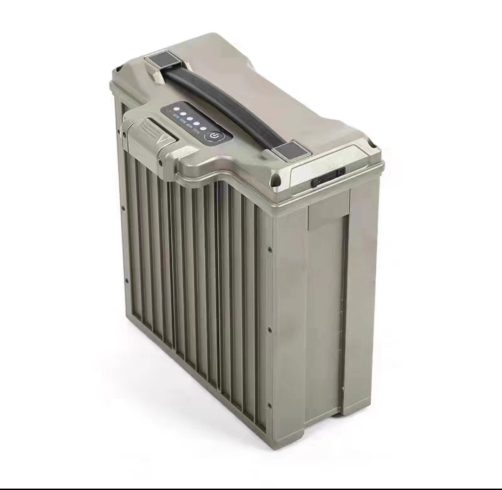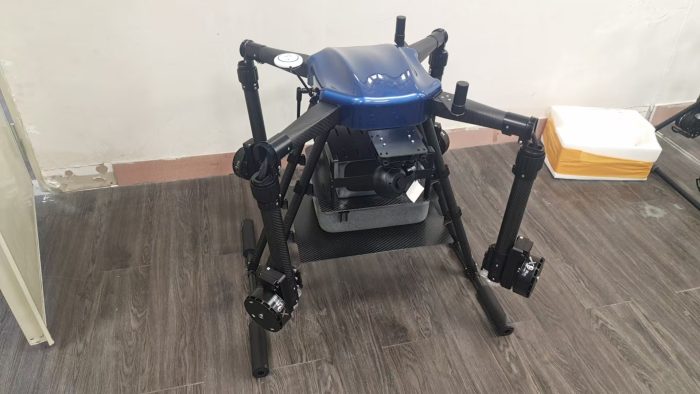![图片[1]-Spraying Techniques for Agricultural Drones: Precision, Efficiency, and Innovation-msoen](https://www.msoen.com/wp-content/uploads/2025/04/4e0da2d332214638-768x1024.jpg)
Agricultural drones have transformed crop management by enabling precise, resource-efficient spraying of pesticides, fertilizers, and other inputs. However, the effectiveness of drone spraying hinges on the techniques and technologies deployed. This article explores advanced spraying methods for agricultural drones, their benefits, and practical strategies to maximize field performance while minimizing environmental impact.
- Variable Rate Application (VRA)
What It Is:
Variable Rate Application adjusts the volume of spray in real time based on crop needs, soil conditions, or pest presence. Drones equipped with multispectral cameras and AI analyze field data to deliver inputs only where required.
Key Benefits:
- Reduces chemical usage by 20–50%, lowering costs and environmental harm.
- Improves crop health by targeting undernourished or disease-prone zones.
- Example: A drone detects nitrogen-deficient areas in a wheat field via NDVI imaging and increases fertilizer spray in those sections.
Implementation Tips:
- Use mapping software to predefine zones (e.g., high pest pressure, poor soil).
- Calibrate drones to adjust droplet size and flow rate automatically.
- Ultrasonic Nozzle Technology
What It Is:
Ultrasonic nozzles use high-frequency vibrations to produce ultra-fine droplets (50–200 microns), ensuring even coverage and minimizing drift.
Key Benefits:
- Enhances chemical adhesion to leaves, improving efficacy.
- Reduces drift by 30% compared to conventional nozzles, protecting nearby ecosystems.
Best Practices:
- Match droplet size to weather conditions: larger droplets for windy environments.
- Clean nozzles regularly to prevent clogging, especially with viscous organic solutions.
- Swath Control and Path Optimization
What It Is:
Advanced drones use GPS and LiDAR to maintain consistent swath width and avoid overlapping or missed areas during spraying.
Key Benefits:
- Prevents over-spraying, saving chemicals and avoiding plant stress.
- Ensures 99% coverage accuracy even in irregularly shaped fields.
Implementation Tips:
- Pre-program flight paths using field boundaries and obstacle data.
- Integrate obstacle-avoidance sensors to navigate around trees or structures.
- Low-Altitude Spraying
What It Is:
Flying drones 2–4 meters above crops to reduce wind interference and droplet evaporation.
Key Benefits:
- Improves spray deposition by 25% compared to high-altitude flights.
- Ideal for delicate crops (e.g., vineyards, orchards) requiring precise application.
Challenges:
- Requires skilled pilots or advanced autonomous systems to avoid collisions.
- Electrostatic Spraying
What It Is:
This technique charges spray droplets with an electrostatic charge, causing them to cling to plant surfaces like magnets.
Key Benefits:
- Increases chemical retention on leaves by up to 70%, even on the undersides.
- Minimizes runoff, making it ideal for water-sensitive regions.
Limitations:
- Higher energy consumption; requires drones with robust battery systems.
- Terrain-Adaptive Spraying
What It Is:
Drones with terrain-following radar adjust altitude automatically to maintain consistent spray coverage on sloped or uneven fields.
Key Benefits:
- Eliminates “hotspots” or gaps in hilly or terraced landscapes.
- Enables spraying in traditionally inaccessible areas (e.g., rice paddies).
Implementation Tips:
- Use 3D field maps to pre-scan elevation changes.
- Test flight paths at low speed before full-scale operations.
- AI-Driven Spot Spraying
What It Is:
Artificial intelligence identifies weeds, pests, or diseased plants in real time and triggers spot spraying instead of blanket coverage.
Key Benefits:
- Reduces herbicide use by up to 90% in weed-infested fields.
- Supports integrated pest management (IPM) strategies.
Case Study: A soybean farm in Brazil deployed AI-powered drones to spray glyphosate only on invasive weeds, cutting herbicide costs by 65%.
- Dual-Mode Spraying Systems
What It Is:
Drones with interchangeable tanks can switch between liquid sprays and granular applications (e.g., seeds, fertilizers).
Key Benefits:
- Versatility for multi-stage crop cycles (e.g., sowing followed by pesticide application).
- Reduces equipment costs by consolidating tasks into one drone.
Best Practices for Optimizing Drone Spraying
- Pre-Flight Calibration:
- Check nozzle alignment, tank pressure, and battery levels.
- Ensure payload weight matches drone capacity.
- Weather Monitoring:
- Avoid spraying in winds above 10 mph or during rain.
- Post-Spray Analysis:
- Use drones to capture post-spray imagery and assess coverage effectiveness.
- Maintenance:
- Clean tanks and nozzles after each use to prevent residue buildup.
Future Trends in Drone Spraying Technology
- Swarm Spraying:
- Fleets of drones collaborating to cover large fields simultaneously.
- Nanotechnology:
- Nano-coated droplets for targeted delivery of micronutrients or biopesticides.
- Solar-Powered Drones:
- Sustainable models with extended flight times for eco-conscious farming.
- Blockchain Integration:
- Track chemical usage and compliance for organic certification.
Conclusion
Mastering spraying techniques is essential to unlocking the full potential of agricultural drones. By adopting innovations like VRA, electrostatic charging, and AI-driven spot spraying, farmers can achieve unparalleled precision, sustainability, and cost-efficiency. As drone technology evolves, integrating these methods will become critical for meeting global food demands while preserving ecosystems.
Keywords: spraying techniques for agricultural drones, precision agriculture drone spraying, drone nozzle technology, AI in drone spraying, sustainable pesticide application












暂无评论内容